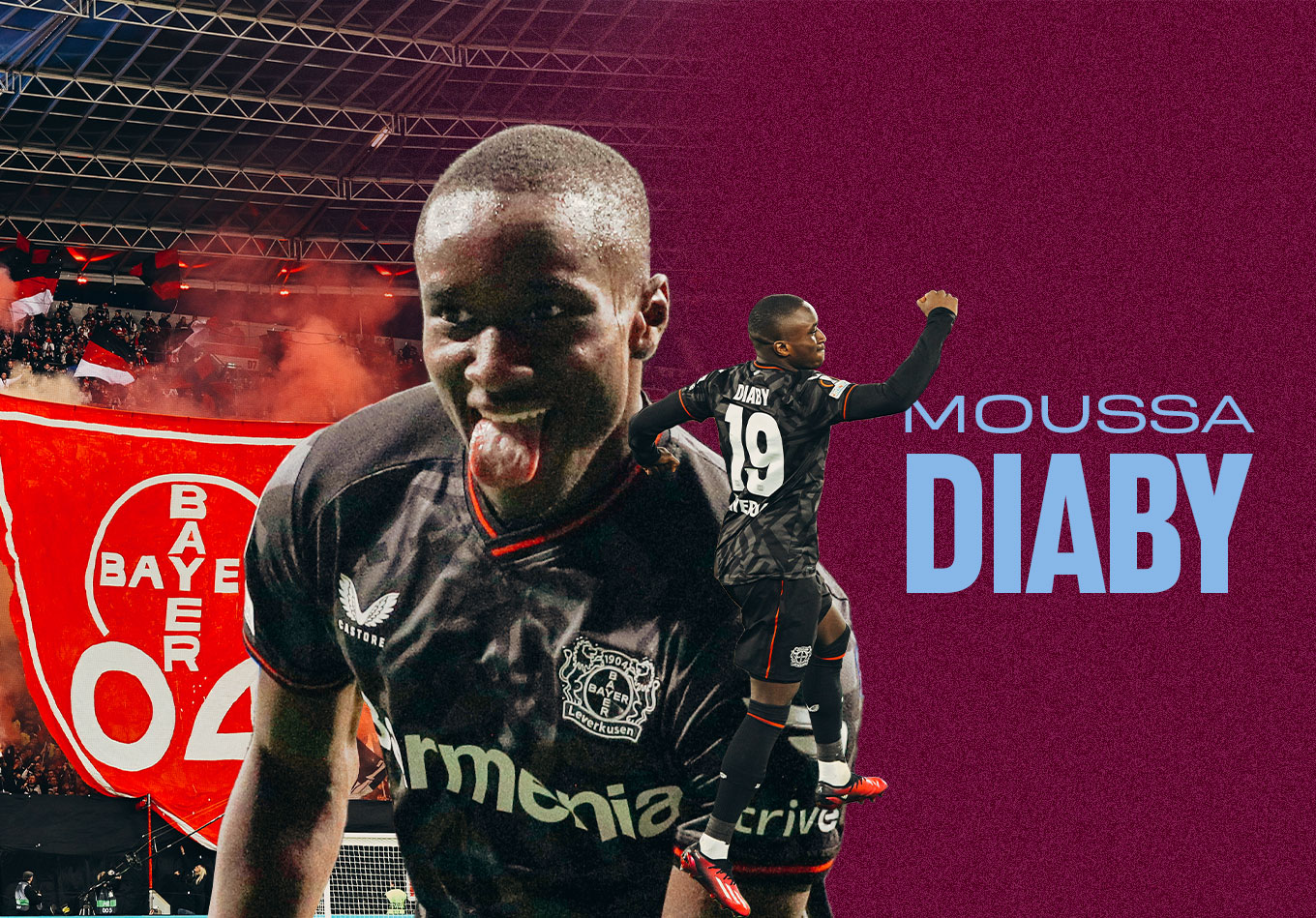Moussa Diaby has been a transfer gossip regular in recent years, but Aston Villa may not be where most expected him to end up…
Moussa Diaby’s instincts have generally been spot-on in terms of career moves to date. Not afraid to leave his comfort zone, the French winger has often displayed a tendency to look at the bigger picture.
A loan move to unfashionable Crotone before he’d even made his senior debut might look a bit odd, particularly given Diaby only played 69 minutes in two matches over nearly half a season. But those few months in Calabria five years ago provided invaluable first-team and top-flight experience for the then-19-year-old, who at that point had only played in Paris Saint-Germain’s lower echelons.
“We identified him thanks to our scout Graziano Ursino, who saw a technical and fast player, good when one on one: a player who can surprise,” Crotone sporting director Beppe Ursino said at the unveiling.
He went from playing fourth-tier French football to making an appearance against Juventus in Serie A. It was a brave and bold decision from the teenager to head to Italy; as the story goes, one of the main reasons Crotone coach Walter Zenga only used him sparingly was a desire to rely on experienced players in their ultimately unsuccessful fight to avoid relegation, but it’ll have been important exposure, nonetheless.
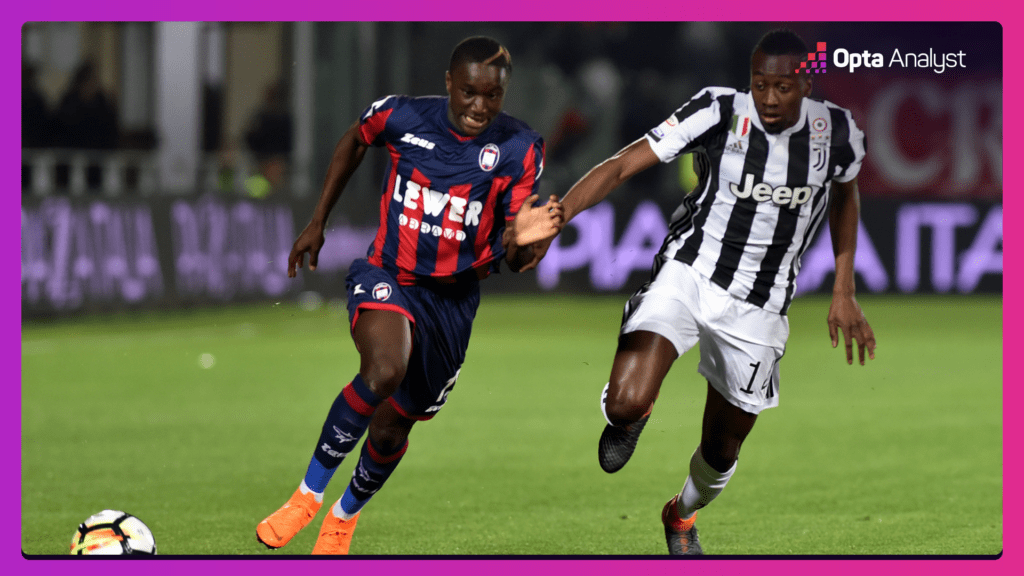
Diaby returned to PSG that summer and immediately became a first-team option, playing 25 times in Ligue 1. He initially wanted to go out on loan again, but a certain someone won him over. “Thomas Tuchel wanted me to stay,” he told Spox in 2019. “He promised me that I would develop well under him and that he would give me enough playing time. Tuchel believed in me from the beginning.”
Of course, Diaby went on to join the legion of promising PSG academy products who are discarded or sold on when he signed for Bayer Leverkusen in 2019 – but that arguably says more about them than him. He hopes to return to the Parc des Princes one day, and given his current trajectory, you wouldn’t bet against it.
First, however, the Premier League beckons. Diaby couldn’t break into Unai Emery’s PSG side, but now the Basque coach has persuaded the France international to join his revolution at Aston Villa after establishing himself as one of the Bundesliga’s most exciting talents.
Diaby’s name will be familiar to many, even those who’ve not necessarily seen him play. He’s been linked with a host of Premier League clubs over the past few years; Arsenal and Newcastle United chief among them.
Villa emerged as favourites to land him a couple of weeks ago, apparently having a bid worth an initial £30million rejected. There was also said to be interest from Saudi Arabia, but Diaby ultimately chose to further himself in the Premier League, with Villa thought to have agreed to pay up to £50m including add-ons.
Diaby’s development in Germany always made a Premier League move likely, meaning he went from strength to strength and most of the clubs capable of affording him happened to be in England. Villa being his destination may have caught some by surprise, but there’s clearly something different in the air at Villa Park these days.
They lured Unai Emery back to England, something Newcastle couldn’t do before they hired Eddie Howe; they persuaded Monchi to depart Sevilla; even the signing of Pau Torres raised a few eyebrows. These were all signals of intent, and the successful chase of the versatile winger is another.
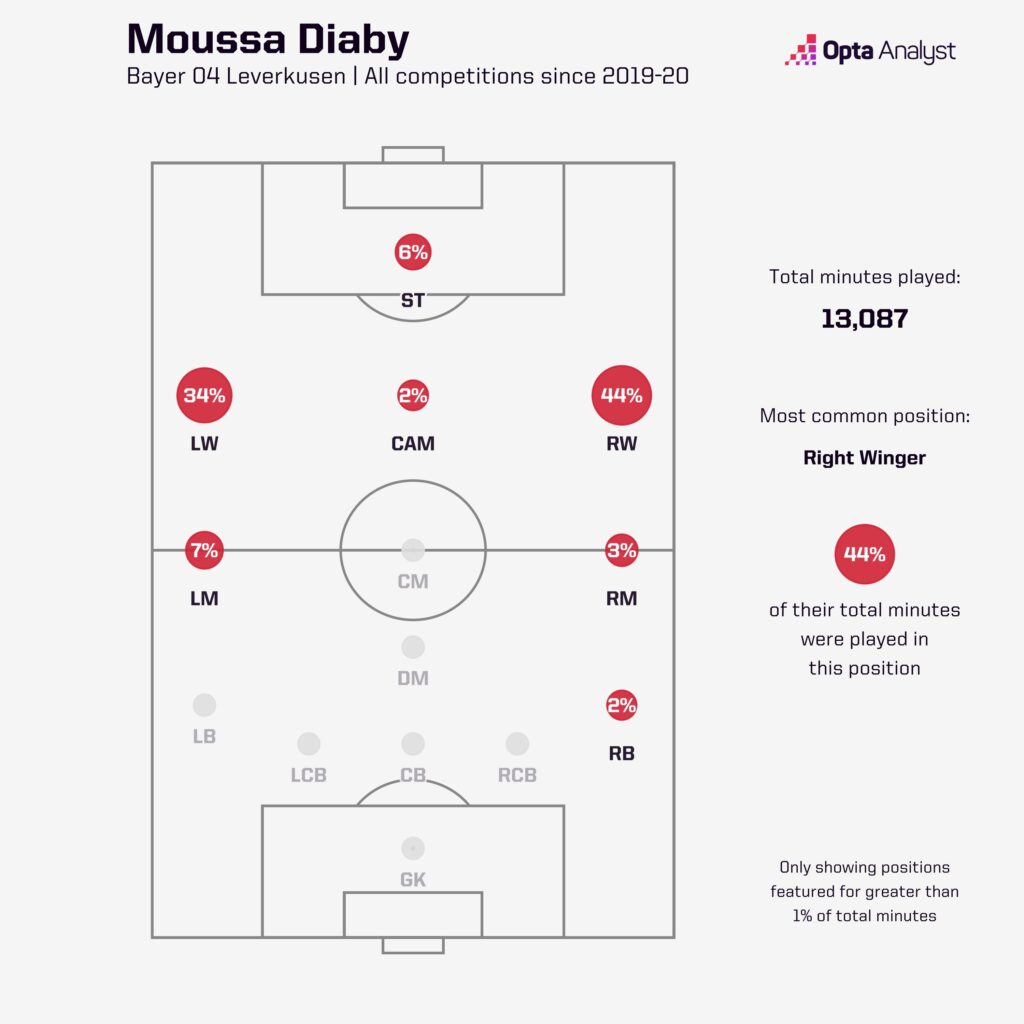
He may not be the most dominant physically, but what Diaby lacks in that respect he more than makes up for in explosiveness, dribbling ability and overall presence in the attacking third, with his productivity putting him among the best in Germany.
In each of his four seasons in the Bundesliga he’s reached double figures for non-penalty goal involvements, peaking at 25 (13 non-penalty goals, 12 assists) in the 2021-22 campaign. He did far exceed his non-penalty expected goals (7.3) that term, but 2022-23 highlighted real progress with respect to the positions he was finding himself in.
The average xG value of his shots (including penalties) decreased slightly to 0.14 from 0.15, but his attempt tally went up from 54 to 80, so his chances maintained a similar standard on average even though the frequency of those opportunities increased significantly. In fact, only three players tallied more shots than Diaby, and he also ranked top for chances created in open play (53), highlighting just how crucial he was to Leverkusen’s attacks.
He scored nine non-penalty goals from 10.3 npxG, while his combined xG and xA (expected assists) of 17.3 was the fourth highest in the Bundesliga last season. A goal threat and a creative presence, Diaby was an invaluable weapon for Xabi Alonso.
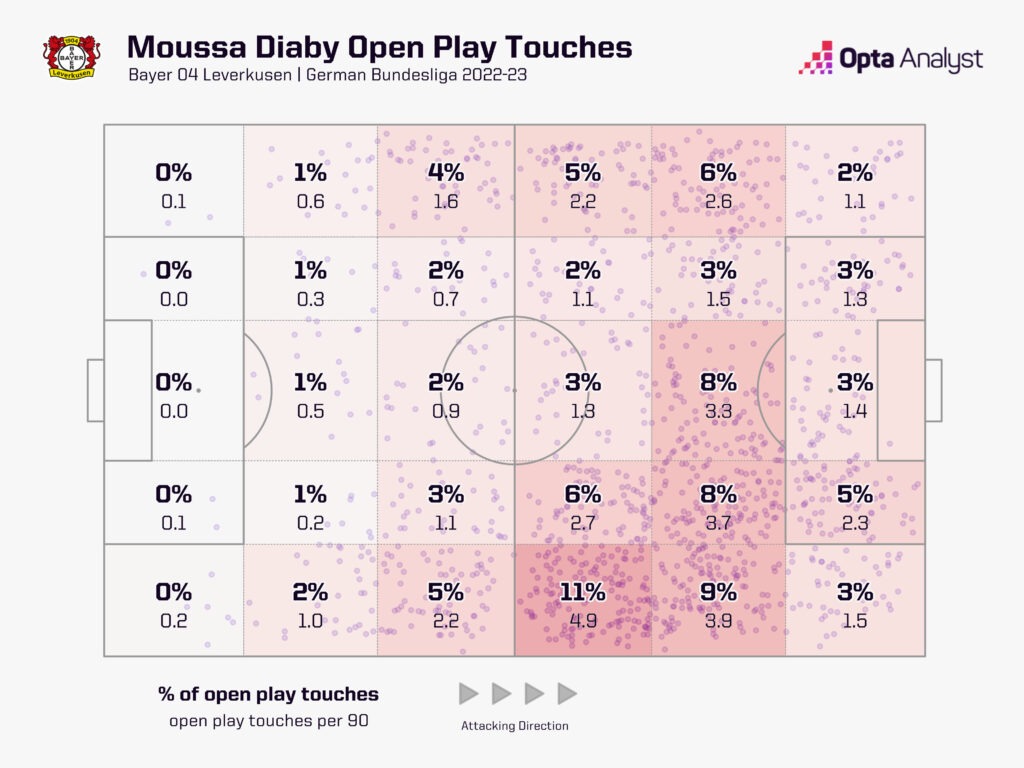
Of course, Diaby’s shot frequency would seem to outline his profile as a somewhat typical modern winger in some regards; he usually plays from the right, allowing him to cut in on his left foot to open shooting opportunities. Comparisons with Arjen Robben have been prominent during his time in Germany, but he’s progressed to a point where those aren’t really accurate anymore, and “typical” isn’t either.
His tendency to drift from the right when not in possession sees him take up central positions and look to exploit gaps in the channels. When you think about the quintessential Robben goal, only one of Diaby’s nine Bundesliga strikes last season – his effort at home to Stuttgart in November – really qualifies.
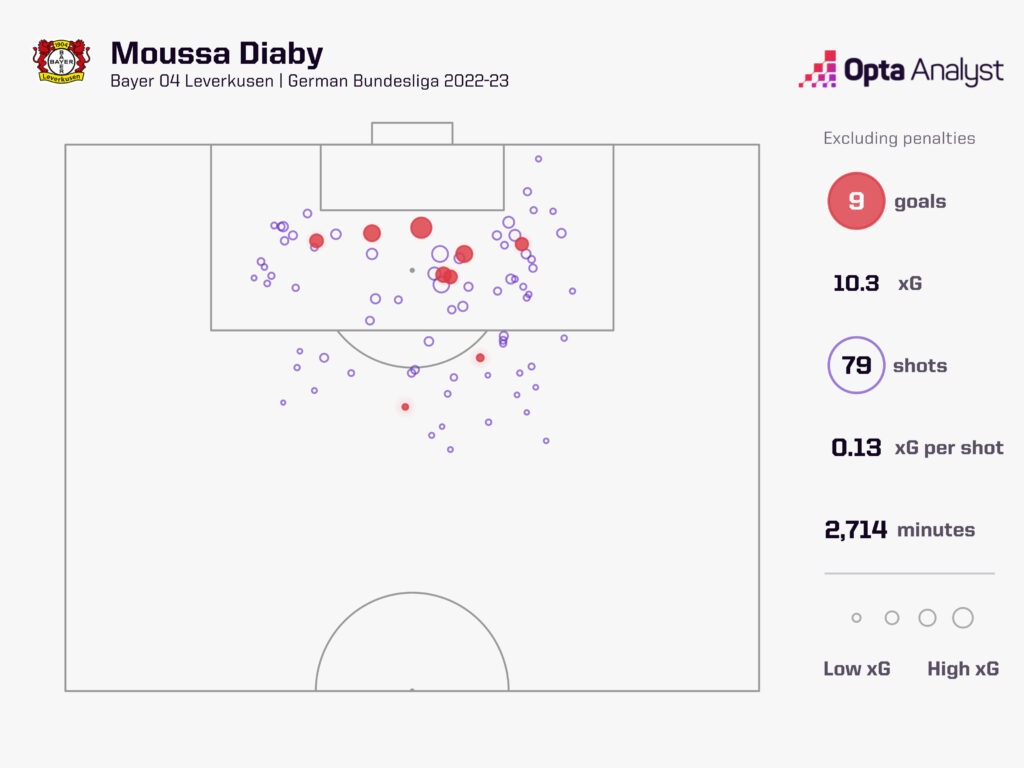
That was one of just two goals from outside the box in 2022-23; the other seven were all inside the area, so you could argue Diaby is more like Mohamed Salah than Robben. He’s extremely proficient at breaking into the box and getting shots away; there’s still room for improvement with respect to taking those chances, but his technical ability and pace allow him to work openings that simply wouldn’t be possible for many other players.
His effort against Wolfsburg in October was a prime example. He received the ball in a deep central position, laying it off again with his first touch and instantly darting beyond his attentive marker for the return pass. Adam Hlozek fed it back into his path perfectly and Diaby burst on to it just ahead of the desperate lunging centre-back, allowing him to dart through on goal and finish cooly from close range. This opportunity just would not have developed for another player who lacked the same pace and ability to hold on to the ball at speed.
Those blistering runs in behind defences were a feature of Diaby’s game, and almost a regular source of goals. His devastating speed was key to those he scored against Hertha Berlin, Union Berlin, Wolfsburg, Hoffenheim and Koln, fitting in nicely with Leverkusen’s counter-attacking style of play that saw only Bayern Munich (83) register more direct attacks (77) in the Bundesliga last season. No team scored more goals (six) from such situations.
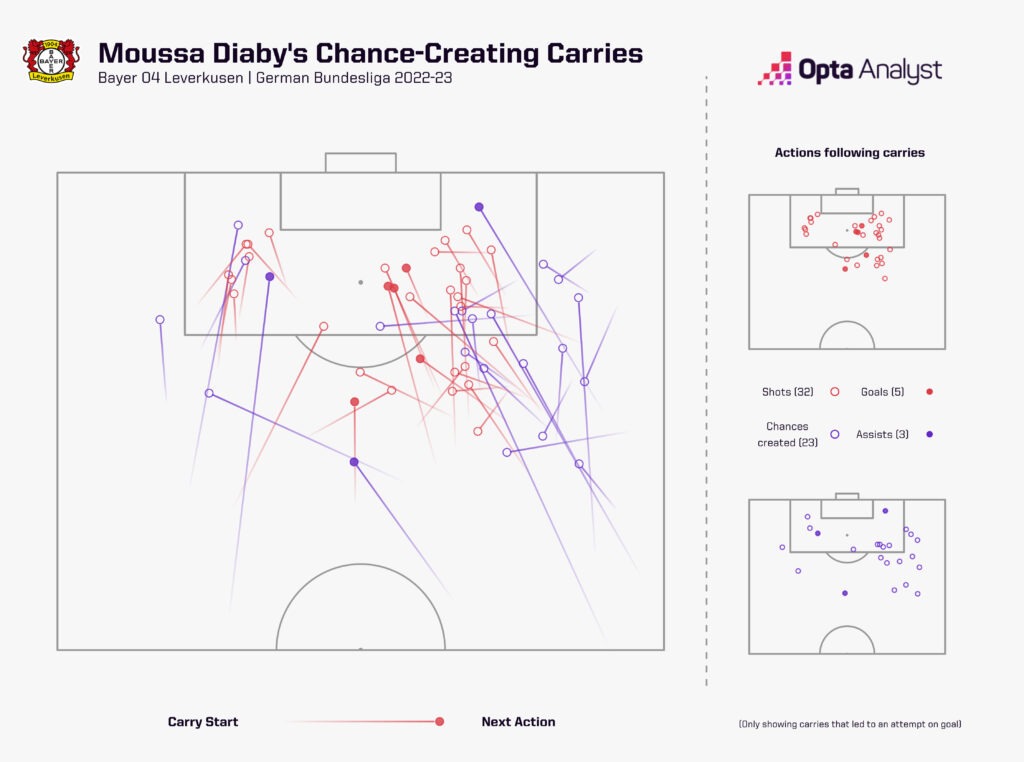
Diaby’s no one-trick pony, though. He’s not just all about latching on to a through ball and running really, really fast; this isn’t FIFA 2014. What makes his speed that much more dangerous is how effective he is at keeping the ball under control…while running really, really fast.
Across the top five leagues last season, just five wingers/wide midfielders recorded more carries ending in a shot or a chance created (55). Eight of those led to a goal or assist for Diaby, with Vinícius Júnior (12) and Rafael Leão (10) the only two from the same group to better the Frenchman’s tally.
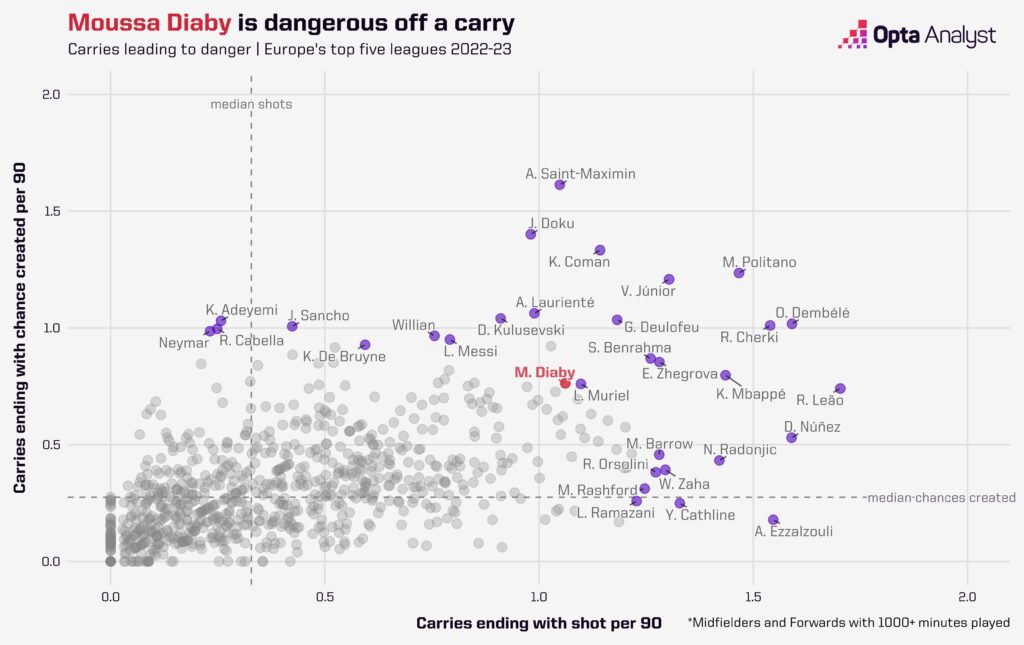
There’s no doubt he’s blossomed, with his own instincts and the sage guidance of Tuchel seemingly paying dividends. “[Tuchel] encouraged me to move to the Bundesliga and join Leverkusen,” Diaby said when presented as a Leverkusen player. “He said it would be a great decision and that I’d learn a lot there.”
Quite.
“I got out of my comfort zone when I left Paris. But it was a way of taking responsibility, of assuming control. I quickly felt important in the club project.”
If there’s one area that might be considered a weakness of Diaby’s, however, it would be the defensive side of the game. Across his Bundesliga career, he’s only averaged 0.5 tackle attempts per 90 minutes – in other words, he directly challenges one opponent every two games.
His 1.3 defensive actions per 90 minutes in 2022-23 put Diaby among the bottom five percentile compared to other forwards who’ve played at least 1,350 in a season across the top five leagues over the past 15 years.
Granted, he was playing in a Leverkusen team that didn’t implement a high press and Villa’s 186 high turnovers last season after Emery’s appointment was well below the Premier League average of 205, so theoretically he shouldn’t be too much of a mismatch. However, Emery does like his teams to defend with a rigid, disciplined structure and that includes the attackers, so if Diaby’s defensive shortcomings extend to him struggling to follow such instructions, he could be in for a shock.
Clearly, though, that’s not what they’ve bought him for. They’ve signed Diaby for his searing pace, final-third productivity, carrying skills and the threat he provides in transition. Emery’s Sevilla won three Europa League trophies in a row thanks in part to explosive transitions and exploiting runners in behind defences; he knows how to make the most of players like Diaby, and that as much as anything should fill Villa fans with excitement – not that this will erase all trepidation.
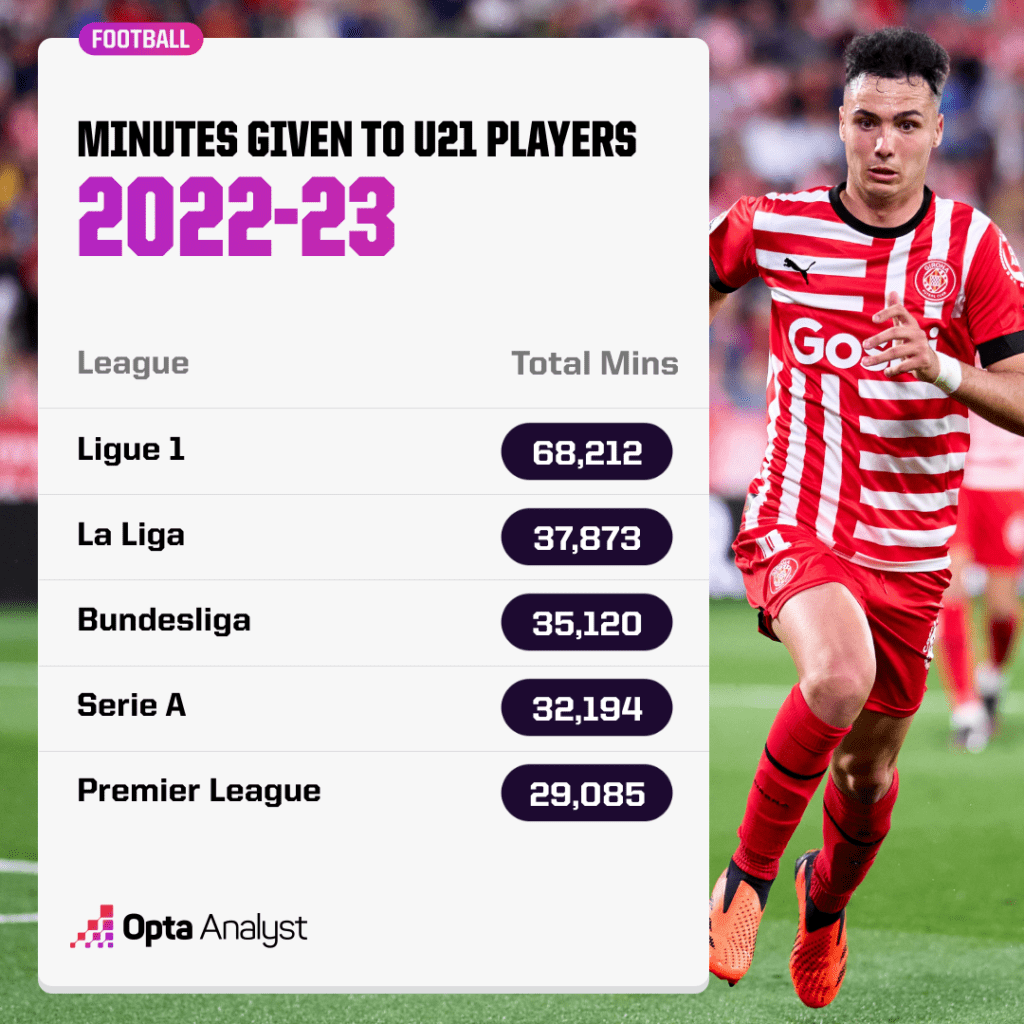
“The Bundesliga gives a lot of chances to the youth. In Germany, we find what we came for: playing time, confidence,” Diaby reflected in 2021, and it’s a salient point, especially in comparison to the top leagues in Italy and England. Serie A clubs gave 32,194 minutes to under-21 players, while Premier League teams afforded 29,085 minutes; in the Bundesliga, players of the same age group got 35,120 minutes of action.
But there have been several players to make high-profile moves from the Bundesliga to the Premier League in recent years that haven’t panned out as expected. Timo Werner, Jadon Sancho, Christian Pulisic, Henrikh Mkhitaryan, arguably even Kai Havertz and current Villa attacker Leon Bailey have all been unable to reach their previous Bundesliga levels in England and there’s no guarantee things will be any different with Diaby.
But there’s no doubt about his raw talent, and he’s now enjoyed several seasons of high-level performance. There’s always risk involved with every signing, but if nothing else Villa’s purchase of Diaby highlights new scope to their ambition.
Enjoy this? Subscribe to our mailing list to receive exclusive weekly content. And follow us on Twitter too.
